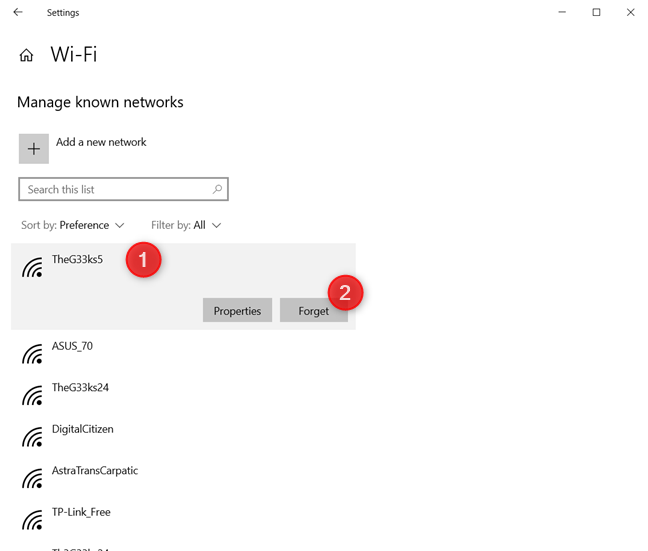

Clearly, Microsoft gave us the option to select or unselect the Hyper-V Management Console tools, but where are the tools? It is unclear to me why this has happened. In the list of available snap-ins, scroll down to find the Hyper-V Management Console.īehold, it’s not there either! A Workaround for Accessing Hyper-V Tools In the MMC window, click “File” then select “Add/Remove Snap-In”. Launch an MMC window by typing “mmc” without the quotes into the Run window. If experience has taught us something, it’s that a missing management tool can usually be loaded into a Microsoft Management Console (MMC) window as a snap-in. Missing Hyper-V management tools in Windows 10. You’ll notice that it isn’t here, either. In the Administrative Tools folder, look for the Hyper-V Management Console. Our next episode, “Polaris Inc., and Microsoft Teams- Reinventing how we work and play” will be airing on Oct. You can watch any episode at your convenience, find resources, blogs, reviews of accessories certified for Teams, bonus clips, and information regarding upcoming live broadcasts. Stephen & his guests comprised of customers, partners, and real-world experts share best practices of planning, deploying, adopting, managing, and securing Teams. “Inside Microsoft Teams” is a webcast series, now in Season 4 for IT pros hosted by Microsoft Product Manager, Stephen Rose.

We’ll try the second method, which is to use the Administrative Tools folder that is accessible through the Control Panel.

Launching Hyper-V tools from the Windows 10 Start menu. Just type the word “hyper-v”, and wait for the results to come up. Launching the Hyper-V Management Console, like any management tool, is easily done via the Start menu. In this article, we’ll choose the first option. Missing Hyper-V Tools in Windows 10īecause we clearly selected both management tools options during the Hyper-V role installation, we expect them to be there. In this article, I’ll outline some existing issues in Windows 10 that makes it difficult to track down these tools, along with a workaround on how to access these tools. To do that, you need to use the Hyper-V Management Console or the various PowerShell cmdlets that can be run from a PowerShell console. I’d assume that after installing Hyper-V onto your computer, you will want to create, configure and run one or more virtual machines. In a previous post, I showed you how to install the Hyper-V role on your Windows 10 computer.


 0 kommentar(er)
0 kommentar(er)
